Tokushima Prefecture (徳島県, Tokushima-ken) is located on the eastern side of the island of Shikoku, the smallest of the four main islands of Japan. The prefecture is connected to mainland Japan by the Akashi-Kaikyo Bridge and Onaruto Bridge, and can be reached from Osaka in two and a half hours by highway bus. The prefecture is known for its popular Awa Dori Matsuri festival that is celebrated annually during Obon week, and also as the traditional starting point of the Shikoku pilgrimage. Iya Valley, located in Quasi-National Park, is a popular spot for stunning scenery that include steep gorges and rivers. In this article we introduce you the best places to visit in Tokushima.
1. Naruto Kaikyo
Naruto Kaikyo is the strait underneath the Onaruto Bridge which connects Tokushima Prefecture to Awaji Island in Hyogo Prefecture. Naruto Kaikyo is famous for its swirling whirlpools called Uzushio, the world’s largest whirlpools of 20 meters in diameter. The actual size varies per season and are depending on the tide. Especially in spring and summer, you can see bigger whirlpools.
Uzushio can be enjoyed from several places and at different heights. One option is the Uzu no Michi Walkway, an observatory walkway built below the Onaruto Bridge, offering four glass viewing panels from a height of 45 meters above the sea.
As the whirlpools are not dangerous to boats, another option is boarding a ship that takes you close to the Uzushio. There are several companies that operate daily in the area. They depart from either Shikoku piers (Uzushio Kisen and Uzushio Kankosen) or Awaji Island in Hyogo prefecture. The view of the whirlpools are the best from a high vantage point, so we recommend taking the bigger boat called Wonder Naturo that departs from Uzushio Kankosen and operates 12 times a day.
How to visit Naruto Kaikyo
To Uzu no Michi Walkway
Take a local bus from Tokushima station (~80 min) or Naruto station (~25 min) bound for Naruto Koen, get off at Naruto Koen bus stop, and walk for 5 min.
Opening hours Uzu no Michi Walkway 9am – 6pm (5pm Oct – Feb)
Admission fee Uzu no Michi Walkway ¥510
To the cruise ship
Take a local bus from Tokushima station (~75 min) or Naruto station (about 20 min) bound for Naruto Koen, get off at Naruto Kanko-ko bus stop.
Daily departures Uzushio sightseeing cruise from 9am – 4.20 pm
Admission Uzushio sightseeing cruise ¥1,800~¥2,400 (adults), ¥900~¥1,200 (children).
2. Otsuka Museum of Art
Located in Naruto, this art museum was founded in 1998 and is one of the largest museums in Japan. It features life-size reproductions of major Western art works. Besides over a thousand paintings, the museum exhibits reproductions of altars, tombs and entire halls of the famous buildings, including the interior of the Sistine Chapel and Scrovegni Chapel.
The museum also features a number of outdoor spaces with expansive terraces and beautiful gardens. There are several restaurants and cafes along with a museum shop.

Otsuka Museum of Art
9.30am – 5pm (closed on mondays)
Admission ¥3,160 (adults)
How to access Otsuka Museum of Art
Take a local bus from Tokushima station (~50 min) or Naruto station (about 15 min) bound for Otsuka Kokusai Bijutsukan, get off at Otsuka Kokusai Bijutsukan bus stop.
3. Oboke and Koboke Gorges
These gorges were created by the rapid current of the Yoshino River crossing Shikoku Mountains. They are eight-kilometer long and offer a beautiful landscape all seasons. Oboke (大歩危) and Kobobe (小歩危) are translated as “big dangerous steps” and “small dangerous steps” respectively, because of the sheer slopes with narrow paths that can be difficult to walk along.
Oboke and Koboke Gorges are both known for thrilling outdoor activities including whitewater rafting, canyoning and river kayaking. In fact, Oboke Canyon and its river rapids create the perfect conditions for whitewater rafting, and the World Rafting Championship was held here in 2017.
You can also enjoy a tranquil boat cruise down the Yoshino River. Oboke Sightseeing Boat Cruise offers 30-minutes ride through the gorge on a small tour boat.
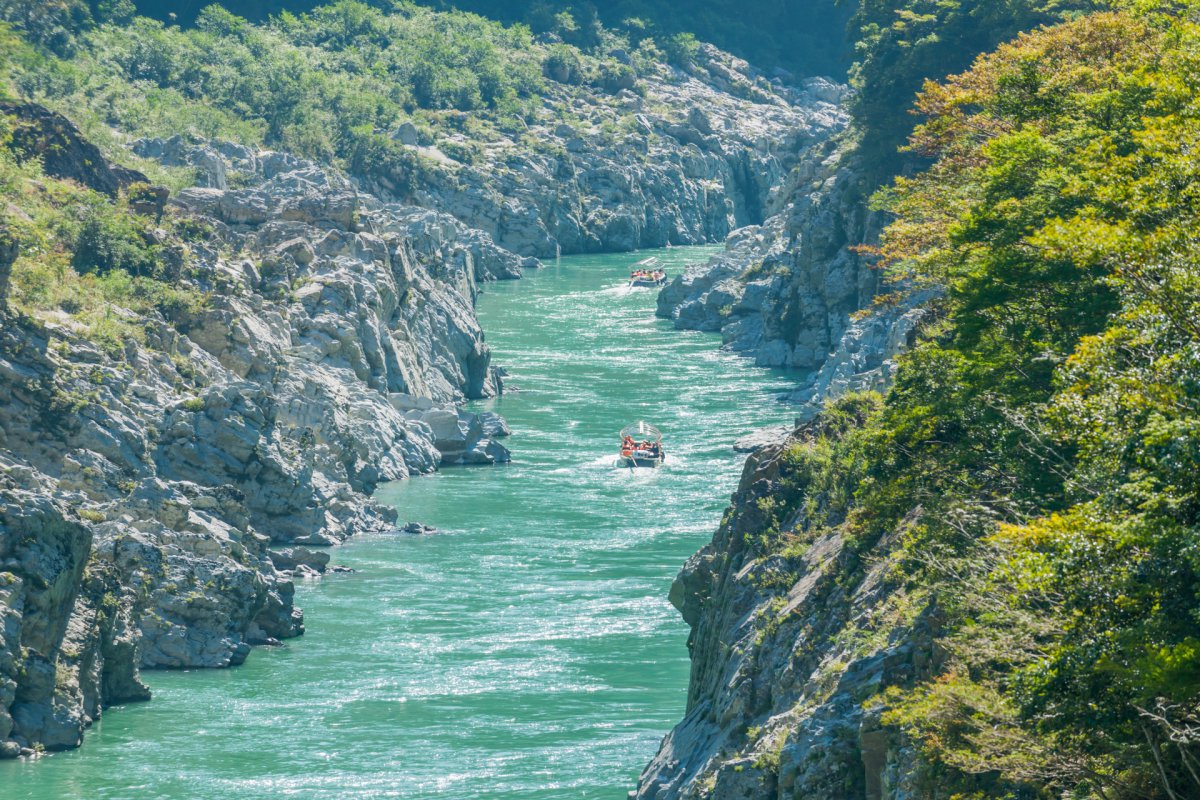
How to access Oboke and Koboke Gorges
From Tokushima station, take JR Kotoku Line Express bound for Awa Ikeda, get off at Awa Ikeda station. Take JR Dosan Line bound for Oboke, get off at Oboke station (~2 hrs).
4. Udatsu Townscape
Wakimachi town in Mima City was the place where people dreamed of making a fortune with indigo business and silk-cocoon business, which flourished in the Edo Period (1603-1868). The town prospered during the Edo Period thanks to the Yoshino River, and there were more than a hundred indigo merchants at one point.
Stretching along 430 meters in Wakimachi town, Udatsu townscape or street still retains the atmosphere of old times with historical buildings. The buildings in this area, made with whitewashed firewalls and Hongawara tiled roof with a family emblem on the ridge end tiles, were a symbol of wealth. The oldest existing building in Udatsu townscape was built in 1707. Most of the building are transformed into restaurants, private homes, gift shops, restaurants and even a ryokan. The Yoshida Family home can still be visited (¥200 admission) as well as the Former Nagaoka House (free of charge).
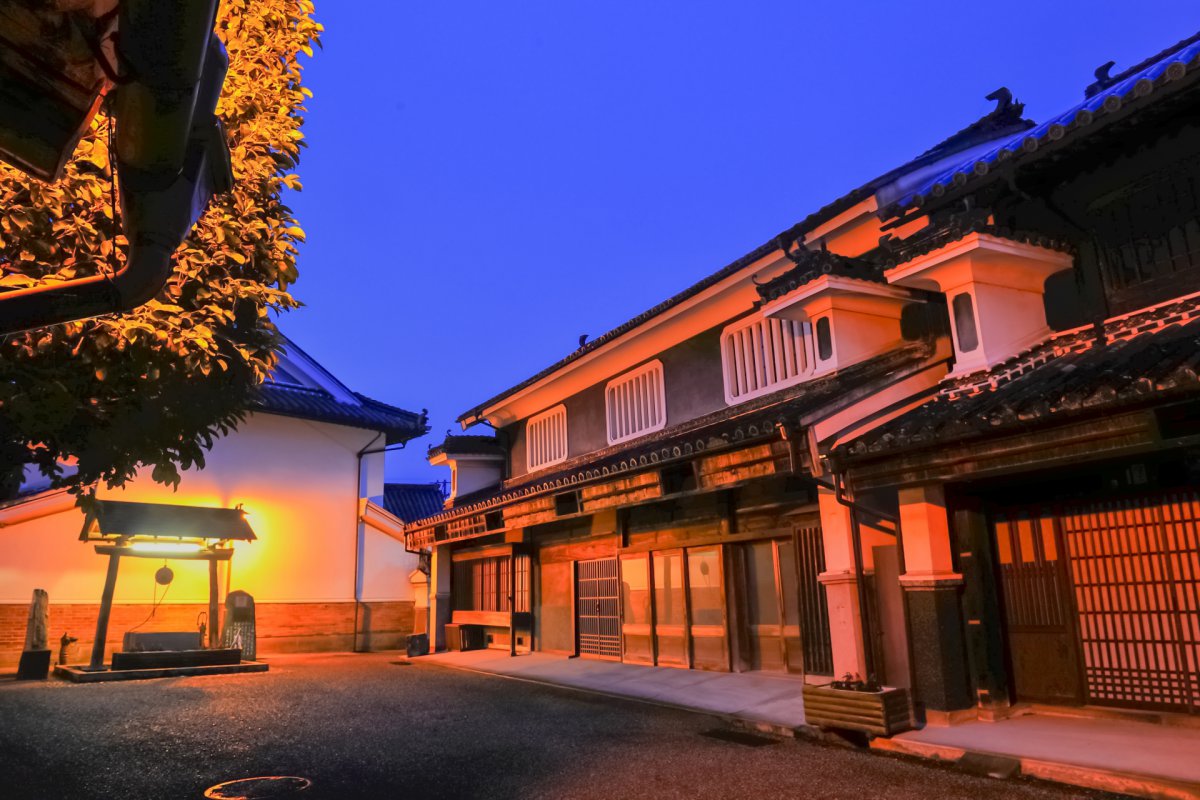
How to access Udatsu Townscape
From Tokushima Station, take JR Kotoku Line bound for Awa Ikeda, get off at Anabuki Station (~1 hr). From there you can either take a taxi (~10 min) or board a bus to Wakimachi Michino-eki and walk for 10 min.
5. Iya Valley
Iya Valley is a remote, mountainous valley in western Tokushima Prefecture. It is well known for its spectacular scenery. The valley is surrounded by steep mountain slopes and deep rocky gorges which were connected by vine suspension bridges called Kazura-bashi Bridges. Kazura-bashi Bridges are traditionally made by weaving together vines harvested from the mountains and serves as important lifelines for people in this region. Today only three of them remain: one of them is in Nishi-Iyayama Village and the other two are located in Higashi-Iya closer to Mount Tsurugi, the second tallest mountain in the island of Shikoku.
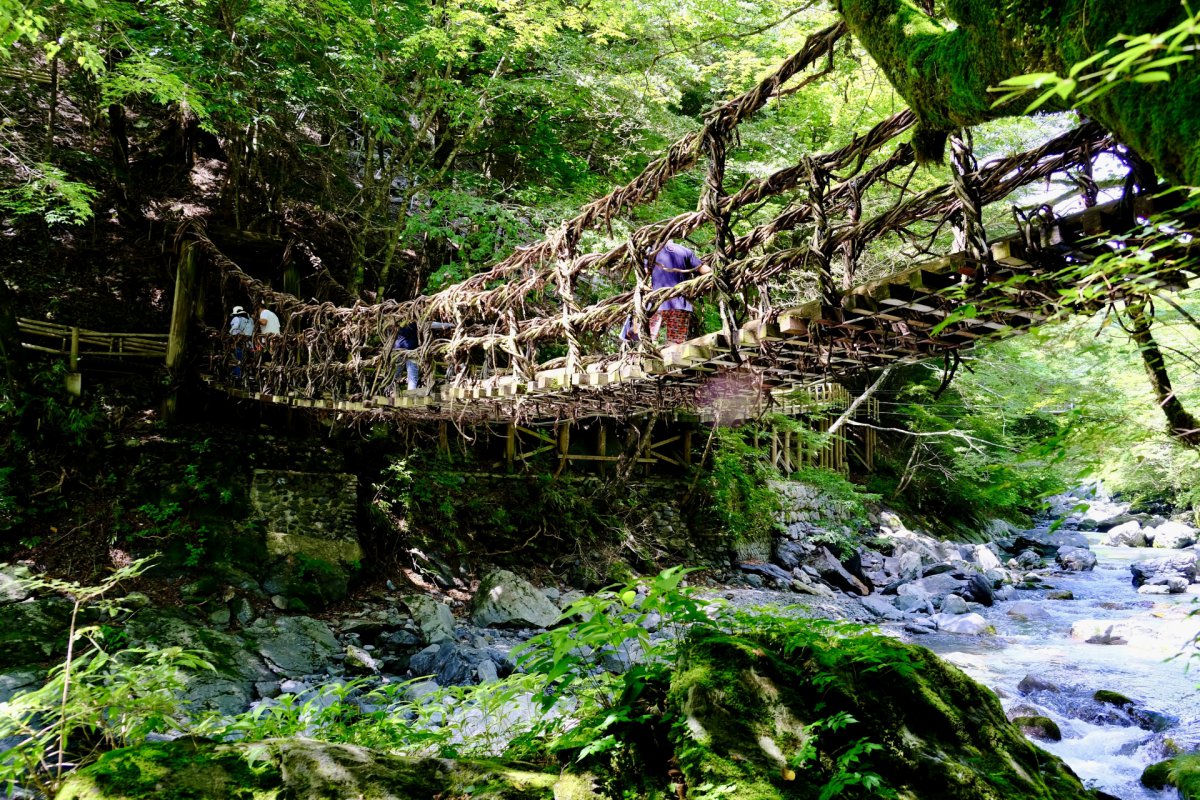
The region is also known for its hot springs. You can take a cable car down to Hotel Iya Onsen which offers natural hot springs with the open-air baths overlooking breathtaking scenery of the secluded valley all seasons. You can enjoy a drop-in bath in case you do not stay overnight. There is a free shuttle bus once a day to and from JR Oboke station.
Iya Onsen opening times day guests 7.30am – 6pm
Oya Onsen admission fee day guests ¥1,700
6. Ochiai Village
Ochiai Village located in eastern Iya Valley has been selected as an important preservation district of historic buildings. The tiny clusters of traditional Japanese houses in this village are built along the slopes of the continuous v-shaped valley of Iya‘s terrains. The difference of elevation in the village is 390 meters.
Many of the houses date back well over 200 years. Although most homes in the village are private residences, near the center of the village is visitors can enter Nagaoka-ke Historic House, which has been nicely restored to its original condition.
You can also stay overnight at some of the traditional farmhouses built over a century ago and now serve as guest accommodations. Although the thatched-roof exterior preserves the historical look, the interiors of these farmhouses are comfortably restored with modern amenities including updated bathrooms, air conditioning and heated floors.
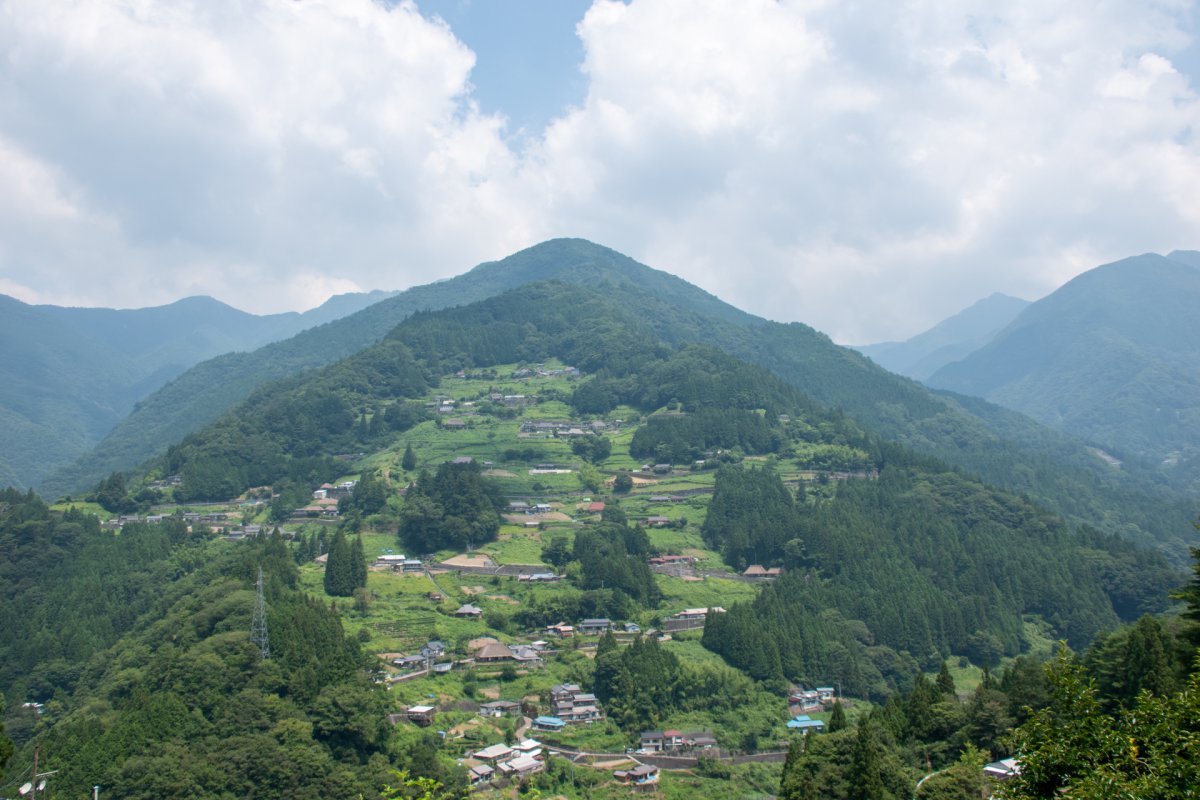
How to access Ochiai Village
From JR Oboke station, take Shikoku Kotsu Bus bound for Kubo, get off at Ochiai-bashi bus stop (~1.5 hrs).
7. Ryozenji Temple
Located in the town of Naruto, Ryozenji Temple is the starting and ending point of Shikoku Pilgrimage, a 1,200-kilometer journey to 88 temples on Shikoku that are associated with Kobo Daishi (also called Kukai), the founder of Shingon Buddhism.
The temple was founded in the early eighth century and has served as the first temple on the pilgrimage route since at least 1687. The traditional route generally takes about two months to complete by foot. At the shop in the temple, you can find pilgrimage essentials such as the white robes, woven hats and walking sticks.
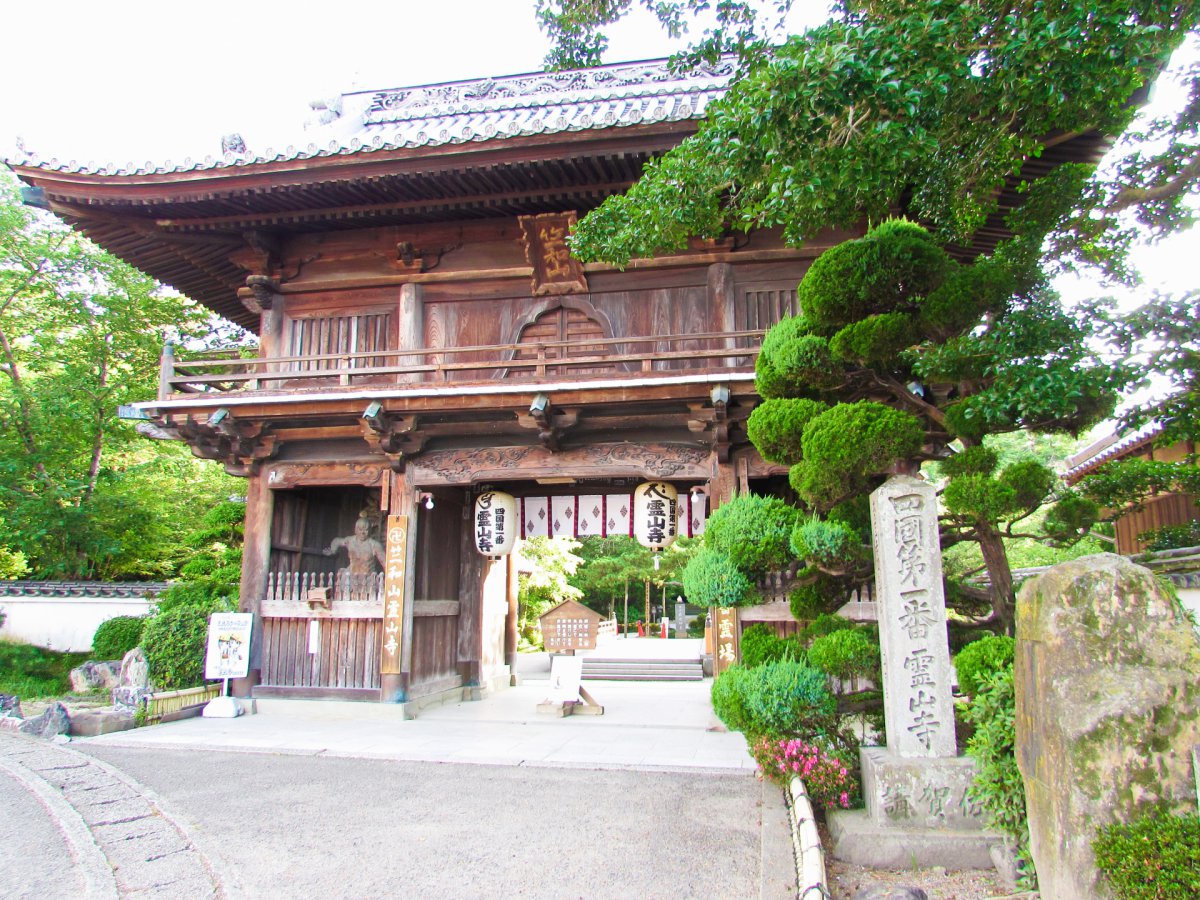
How to access Ryozenji Temple
Ryozenji can be accessed by bus from Naruto station (direct) and Tokushima station (1 transfer at Ikenotani station), get off at Bando station and walk about 10 min.
Alternatively, you can take a local bus from Naruto Station bound for Itano Station, get off at Ryozenji-mae bus stop (~25 min).
8. Gosho Yashiro-no-mori
Would you like to stay in a unique inn with an atmosphere of the Heian Period (794-1185)? Gosho Yashiro-no-mori is an inn with hot spring baths located in Awa City. As soon as you step inside the large gate, you will see the refined world of the Heian dynasty spread out before your eyes.
On the spacious ground of the inn, there are only 10 guest rooms. Each guest room in the main building is over 80 square meters with the fairy tale-like beautiful partitions of cypress wood and bamboo blinders. Colorful kimono are used as bed covers, as was custom in the Heian Period. Inside the inn, you can dress like Heian aristocracy and enjoy some games, green tea ceremony, and traditional dances.
Gosho Yashiro-no-mori overnight rate ~¥39,500/person (including to meals)
Note that this inn is only for adults (over the age of 13).
How to access Gosho Yashiro-no-mori
There are free shuttles to and from JR Sanbonmatsu and Kamojima stations.
9. Awa Odori Festival
Awa Odori Festival is one of Japan’s most famous dance festivals held in Tokushima during Obon in mid-August. Every year, over a million people turn out on the streets to watch or participate in this traditional festival of folk dance. Awa is the former name of Tokushima, and Odori means dance. Awa Odori originated more than 400 years ago.
The highlight of the festival takes place in the evening. Groups of dancers called “ren” perform in the streets of downtown Tokushima. Ren comes from Tokushima, other parts of Japan and even overseas. Dance steps are simple but each ren distinguishes itself with colorful uniforms.
Each summer a Awa Odori Festival based up the Tokushima event is held during the last weekend of August. The Koenji Awa Odori was first held in 1957 to bring joy and laughter to the city and give the local town of Koenji located in Suginami-ku a boost. The festival started off small, but now attracts a million of visitors to Koenji!
How to attend Awa Odori Festival in Tokushima
To Tokushima City, you can either fly from Tokyo’s Haneda Airport, or take Tokaido-Sanyo Shinkansen to Okayama Station, then take JR Seto-Ohashi Kotoku Line to Tokushima Station.
Where to stay in Tokushima prefecture
- Hotel Iya Onsen – a secluded hotel with the open-air baths at the bottom of Iya Valley.
- Tougenkyo Iya no Yamazato – a traditional guesthouse in a former farmhouse in Ochiai Village.
Japan Wonder Travel guided tours
If you are looking for something special, or are in need of some help planning your trip, we’re here to help. We can assist you with the best itinerary, making reservations and guided you around. Contact us for more information or join our online highlights tour, a great way to prepare your trip to Japan and get an overview of the most popular places to go in Japan.
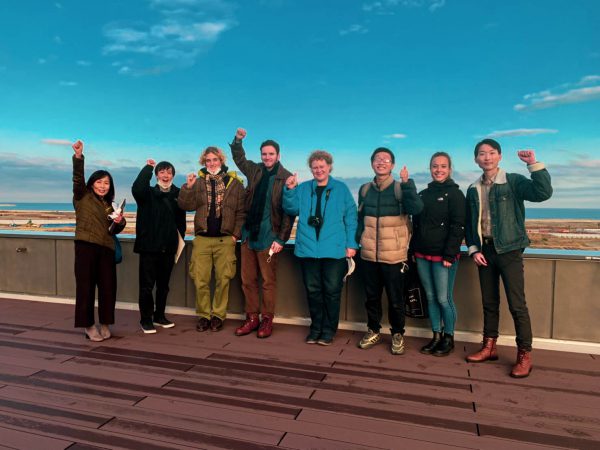
What did you think about Tokushima? The undiscovered prefecture is a great place to get away from the hustle and bustle of the busy city life and experience stunning nature and unique traditions. If you have the chance, visit the prefecture’s homonymous capital in August and celebrate the famous Awa Odori Festival.
Follow us on Instagram or Facebook for more travel inspiration. Or tag us to get featured!
Happy travelling!
Articles you might also like
This post may contain some affiliate links. When you click through and make a purchase we may receive some commission, at no extra costs to you
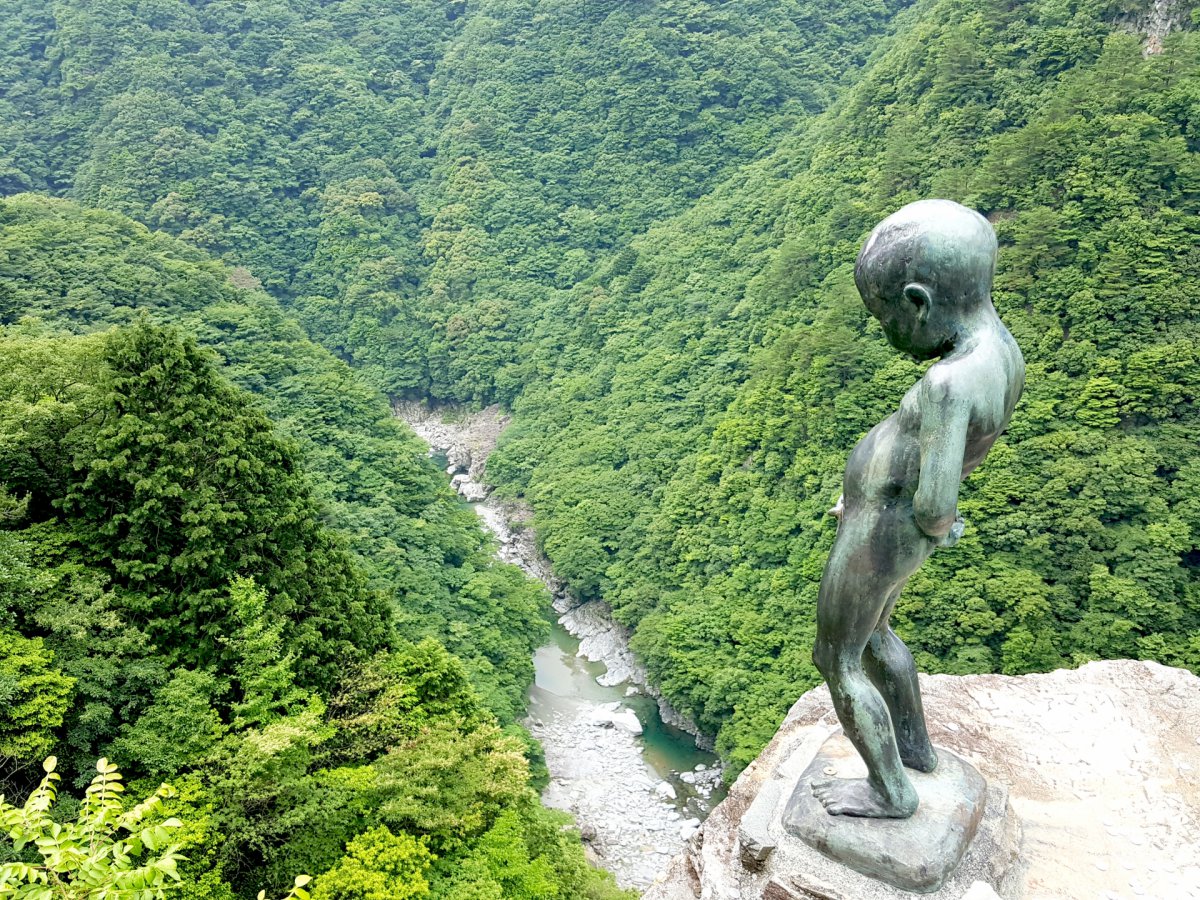

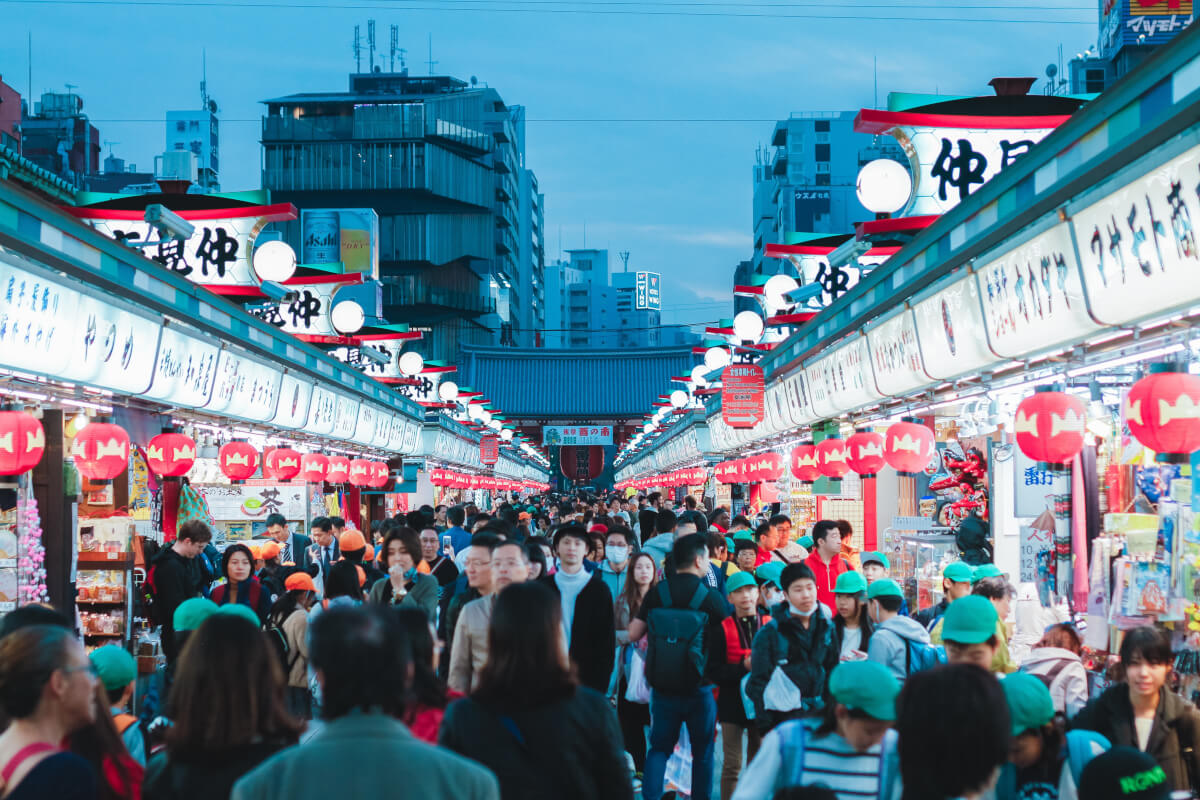

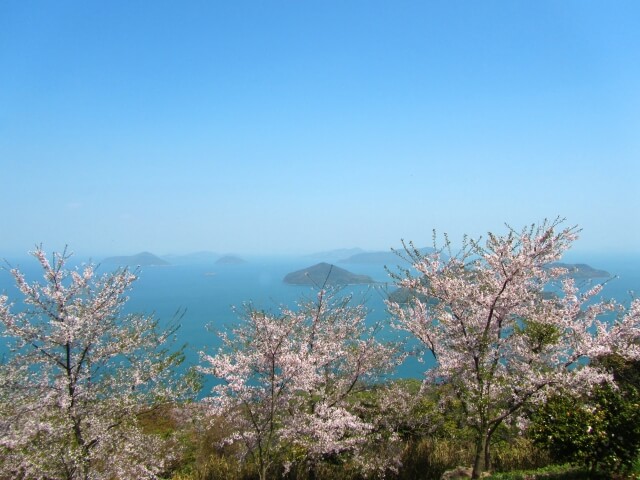
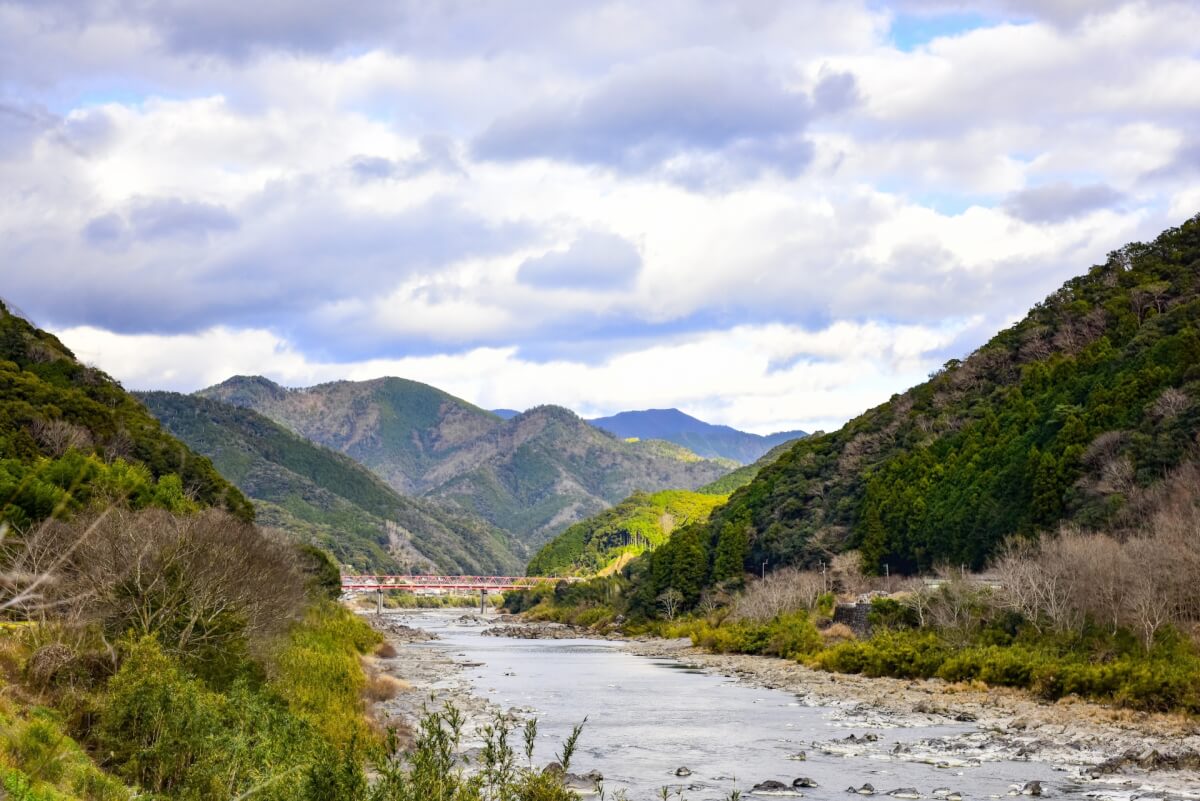
Comments
When planning the pilgrimage, do you book all your nightly lodgings ahead of time or can you book them daily ?
If you are planning to stay at a hotel or ryokan (Japanese traditional inn) nearby, you can book daily. However, if you would like to stay at Shukubo (temple lodgings), you have to make a reservation beforehand. If you plan to go during the holidays or busy season, we recommend you to book all the accommodation beforehand as well!
Here’s our article about pilgrimage
https://blog.japanwondertravel.com/shikoku-88-temples-pilgrimage-22984